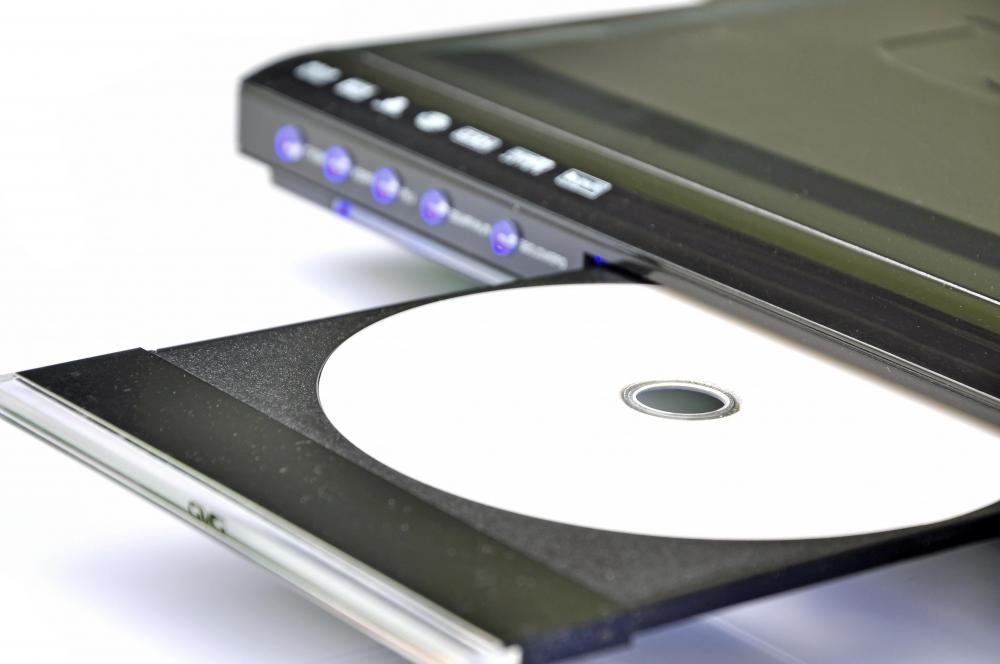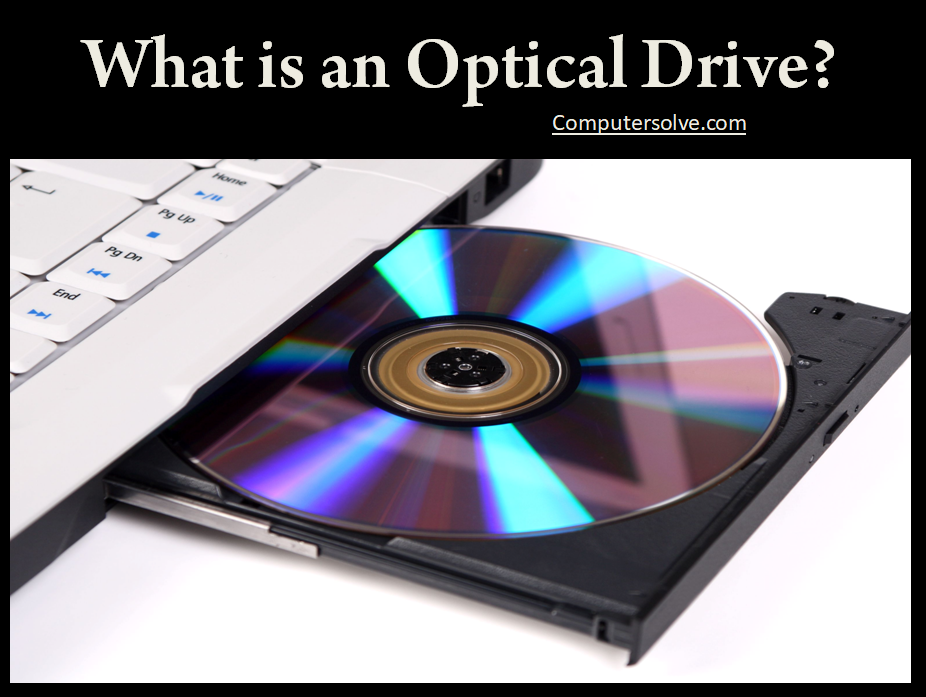‘An Optical Drive’ refers to a computer system that allows users to use DVDs, CDs and Blu-ray optical drives. The Drive contains lenses that project electromagnetic waves. These waves are responsible for reading and writing data on optical discs. So, An optical drive is a piece of equipment that uses a laser to read or write information on a disc. Another name for an optical drive is ‘Optical Disc Drive (ODD)’.

Optical drives are integral parts of electronics devices such as VCD players, CD players, Blu-ray players, DVD players, and certain video games consoles such as Microsoft Xbox one, Sony PlayStation 2, 3&4 and Nintendo Wii U.
What Optical Disc Can Hold The Most?
Three main types are –
- CDs – store up to 700 MB
- DVDs – store up to 700 MB
- Blu-ray – can store up to 50 GB of data
Let’s Know here – What is a hard drive?
Advantages of Optical Disk Drive :
Some of the advantages of optical disc drive are as follows :
- Cost – The production costs of optical discs are much lower because only aluminum foil and plastic are used in the production. Users can thus benefit from the cost of purchasing optical discs in bulk. And many computers include an optical disc drive from their individual manufacturer, so users don’t have to buy it separately.
- Durability – Optical drives are more robust than non-volatile and non-volatile memories. It is not subject to wear and power failure, which could cause data loss. Therefore, it should take many years. However, it is not fully protected against scratches, heat and other forms of physical damage.
- Simplicity – The backup process is much easier with optical disks. All data to be burned should be placed in the drive icon. And then users can back up their data by simply clicking “Burn Disc”.
- Portability – Even if the optical discs are large enough, they can still be worn. We can place in bags and other small items, so we can be transfer to different places and used on different computers and devices.
- Stability – Optical discs offer a very high level of stability. Unlike magnetic disks, they are not vulnerable to electromagnetic fields and other types of environmental influences.
Disadvantages of Optical Disk Drive :
Some of the disadvantages of optical disc drive are as follows :
- Security – If we want to use optical discs for backup purposes then we should protected them by thiefs. Due to their size, optical discs are easier to lose and steal.
- Capacity – Optical disks cost more per GB/TB than any other forms of storage drives. And it too have very little storage capacity compared to them. Unless it is a Blu-ray disk, the maximum storage the Optical disks can offer is 4.7GB.
- Reliability – Unlike flash drives, we can not protect optical drive by plastic cases. They are therefore prone to scratches, making the disc unreadable. So, We can’t retrieve the data further.
- Duplication – Making a duplicate copy using an optical drive is not as easy as it seems on a USB flash drive. There must be separate software and hardware for the burning process. Although there are many third-party programs for this purpose, the latest versions of Windows come with writing software.
- User Friendliness – Although the production of optical discs requires very low costs, this is certainly not the case with backup. Networks and online backups require some significant service costs. In addition, optical drives has higher error rate. Therefore, it often requires replacement if it is used intensively.
Why Do New Laptops Not Come With Optical Drives?
These days, we generally deliver music, movies and software over the Internet instead of on discs. Making of optical drives completely unnecessary for younger consumers who don’t own a library of optical media.
Inexpensive external USB hard drives and online storage services such as Google Drive and iCloud make it easy and convenient to back up our computers without having to deal with a stack of blank optical discs.
Social media sites such as Facebook and Instagram make sharing photos and other files with our friends a lot faster and easier than having to burn them onto a disc and then finding a fast and economical way to distribute them.
Omitting the optical drive lets the computer manufacturers build laptops that are smaller, lighter and less expensive.
